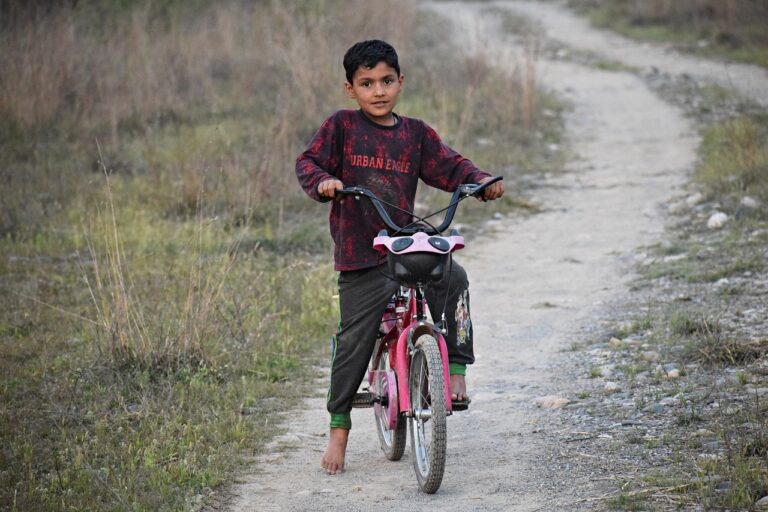Nephrology Marketing: Promoting Nephrology Services: Laserbook247, Lotus 299.com, 11xplay reddy login password
laserbook247, lotus 299.com, 11xplay reddy login password: Addressing Health Disparities in Pulmonary Care for Marginalized Communities
Pulmonary health is a critical aspect of overall well-being, yet marginalized communities often face significant disparities when it comes to access to care and treatment options. In this article, we will explore the challenges faced by these communities in receiving proper pulmonary care and discuss potential solutions to address these disparities.
Understanding the Disparities
Marginalized communities, including low-income individuals, racial and ethnic minorities, and those living in rural areas, often face barriers to accessing quality pulmonary care. These disparities can arise from a variety of factors, including lack of insurance coverage, limited access to healthcare facilities, cultural and language barriers, and a shortage of healthcare providers in underserved areas.
As a result, individuals from marginalized communities may not receive timely diagnoses, appropriate treatment plans, or access to necessary medications for pulmonary conditions such as asthma, chronic obstructive pulmonary disease (COPD), and lung cancer. This can lead to worsened health outcomes, increased hospitalizations, and higher mortality rates among these populations.
Addressing the Disparities
To address health disparities in pulmonary care for marginalized communities, healthcare providers, policymakers, and community organizations must work together to implement targeted interventions and programs. Some key strategies to consider include:
1. Increasing Access to Care: Initiatives such as mobile health clinics, telehealth services, and community-based outreach programs can help improve access to pulmonary care services for individuals in underserved areas.
2. Cultural Competency Training: Healthcare providers should receive training on cultural competence to better understand the needs and preferences of diverse patient populations. This can help improve communication, trust, and treatment outcomes.
3. Patient Education and Advocacy: Empowering patients with information about their pulmonary conditions, treatment options, and self-management strategies can help improve health literacy and adherence to care plans.
4. Addressing Social Determinants of Health: Recognizing and addressing social determinants of health, such as poverty, housing instability, and food insecurity, can help reduce barriers to accessing pulmonary care for marginalized communities.
5. Collaboration and Partnership: Building partnerships between healthcare providers, community organizations, and government agencies can help coordinate efforts to address health disparities and improve outcomes for individuals with pulmonary conditions.
6. Research and Data Collection: Investing in research and data collection on health disparities in pulmonary care can inform evidence-based interventions and policies to address these inequities.
Frequently Asked Questions
Q: What are some common pulmonary conditions that affect marginalized communities?
A: Some common pulmonary conditions that disproportionately affect marginalized communities include asthma, COPD, lung cancer, and respiratory infections.
Q: How can individuals advocate for better pulmonary care in their communities?
A: Individuals can advocate for better pulmonary care in their communities by engaging with local healthcare providers, policymakers, and advocacy organizations, sharing their experiences and needs, and supporting initiatives to improve access to care.
Q: What role can healthcare providers play in addressing health disparities in pulmonary care?
A: Healthcare providers can play a critical role in addressing health disparities in pulmonary care by providing culturally competent care, promoting patient education and self-management, advocating for policy changes, and participating in research and data collection efforts.
In conclusion, addressing health disparities in pulmonary care for marginalized communities requires a multi-faceted approach that involves collaboration between stakeholders and targeted interventions to improve access, quality, and outcomes for individuals with pulmonary conditions. By working together to implement these strategies, we can help ensure that all individuals have equitable access to the care they need to achieve optimal pulmonary health.







